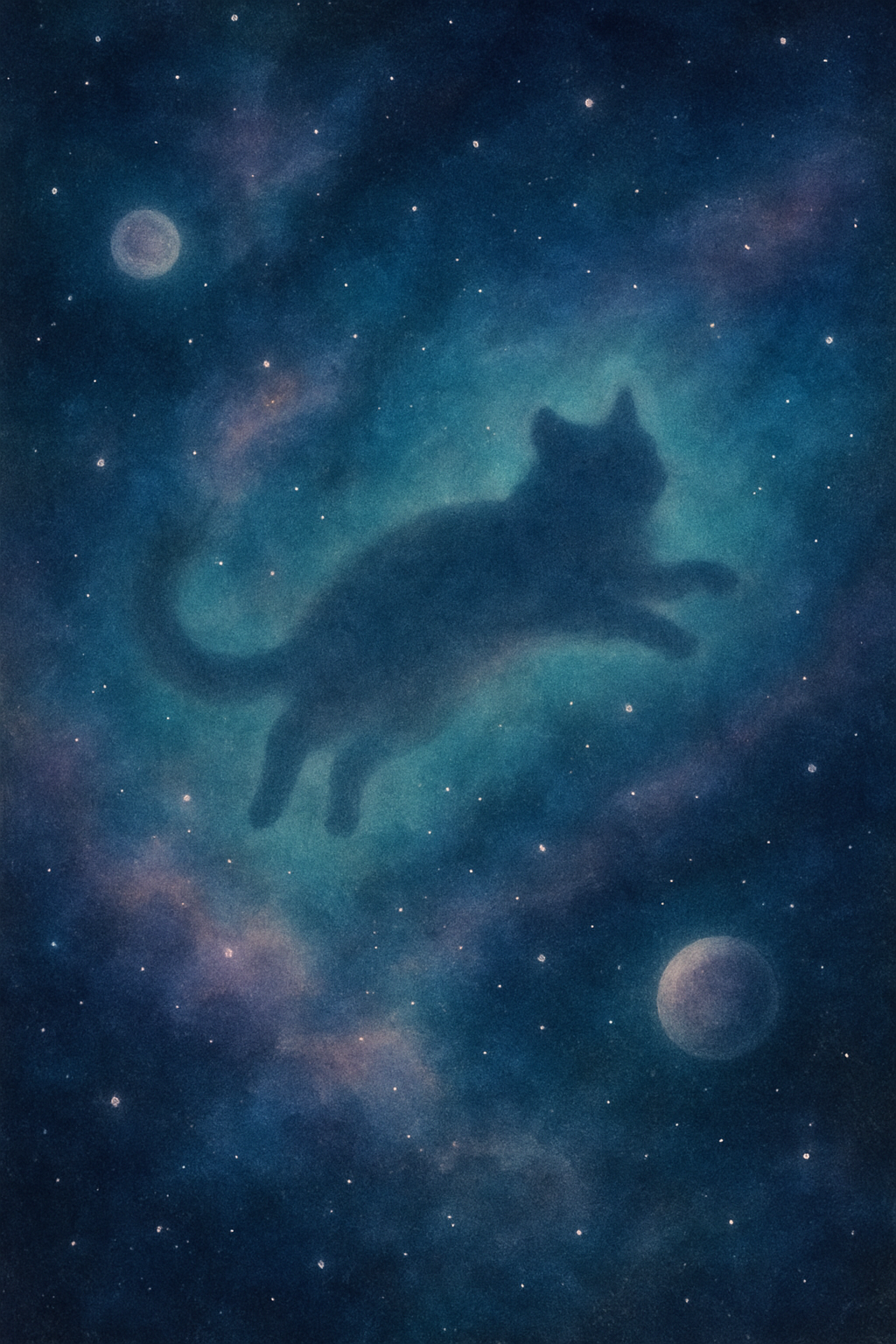When we look up at the sky at night 🌌, we see stars, planets, and sometimes shooting stars. But what we don’t see are the questions that scientists still ask every day. Firstly, we know more about the surface of the Moon than we do about what’s at the center of our own galaxy. Interestingly, many things we thought we understood have turned out to be great mysteries. Modern astronomy is full of strange signals, dark objects, and invisible forces.
One major mystery is dark matter. Scientists know it exists because of how galaxies move. Without dark matter, stars would fly apart. However, nobody has ever seen it. It doesn’t reflect light, and it doesn’t interact with normal matter. Eventually, we might discover a particle that explains it — but for now, it’s like a ghost: always there, but invisible 👻.
Meanwhile, telescopes have picked up something else: Fast Radio Bursts 📡. These are powerful signals from deep space. They last only milliseconds, but they release more energy than the Sun does in a whole day. Some come from distant galaxies. Others repeat in a strange pattern. Are they from stars? Colliding objects? Or something else? Nobody knows for sure.
In contrast, there’s a place in space that seems too quiet. It’s called the Boötes Void — a massive area with almost no galaxies. Scientists call it a “cosmic desert”. It’s so big that if our galaxy were in the middle of it, we wouldn’t have discovered any other galaxies until the 1990s. Surprisingly, this enormous emptiness challenges our ideas about how the universe formed.
Secondly, we have a closer mystery: the Moon 🌕. Even though we’ve sent people there, we still don’t fully understand how it formed. One theory says a planet crashed into Earth and formed the Moon from the debris. But new studies show the Moon might be older than we thought. As a result, scientists are now questioning the classic “giant impact” theory.
On another note, astronomers recently discovered a planet made almost entirely of diamond 💎. It’s twice the size of Earth and orbits a dead star. Its density suggests it’s carbon-based and extremely hard. The planet was nicknamed “Lucy”, after the Beatles song, because it’s truly “in the sky with diamonds”.
In addition, there are strange moons in our own solar system. Europa (one of Jupiter’s moons) has an icy surface, but beneath it, there may be an ocean. Scientists think it might contain life — not green aliens 👽, but simple bacteria. NASA is planning missions to drill through the ice and see what’s below.
Thirdly, black holes remain one of the biggest mysteries of all. We know they exist because of their effect on stars and light. But what happens inside a black hole? Where does the matter go? Can information survive? These are questions that connect astronomy to physics, time, and even the idea of parallel universes.
To sum up, space is not empty — it’s full of questions. Every answer leads to more puzzles. From dark matter to radio bursts, from lonely regions of space to diamond planets, modern astronomy continues to show us that the universe is stranger than we ever imagined. And that’s exactly why it’s so exciting 🚀.
🌀 Dark matter: materia oscura
📡 Radio burst: esplosione di onde radio
🏜️ Void: vuoto cosmico
💎 Density: densità
🌋 Debris: detriti, frammenti
⏳ Parallel universes: universi paralleli
